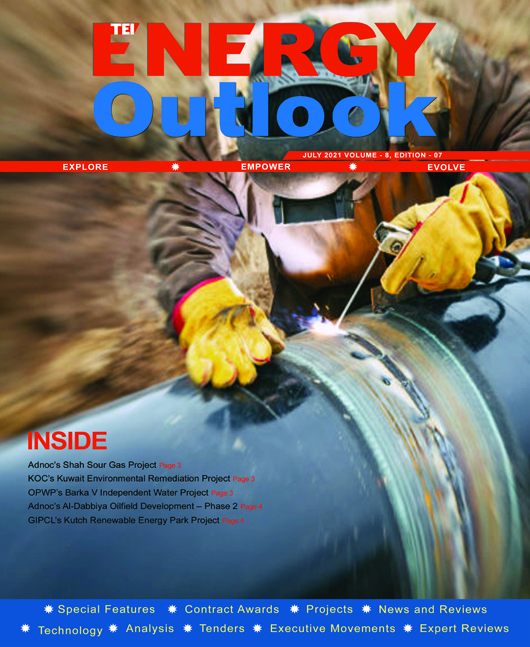
Rebounding Gas Investments
Global natural gas demand is set to increase by 3.2% in 2021, after a 4% drop in 2020 and exceeding demand above 2019 levels by 1%, driven by rising demand in Asia, the Middle East, and Russia, according to the International Energy Agency (IEA) report.
Despite the current economic headwinds and uncertainty, natural gas still benefits from strong policy support and ongoing reforms to increase the role of gas in the energy mix.
The Asia-Pacific region would contribute to the largest source of gas demand growth in the medium-term with an average of 4% per year, and will account for around 60% of the total consumption increase until 2024, driven principally by the development in China and India. The industrial sector is expected to account for almost half of the global increase in gas consumption.
The Middle East region also remains a key growth market. It is expected to reach almost 790 bcm in 2025, increasing at an annual average of 2.4% for the next five years.
The Middle East combined with North Africa (MENA) represents the single-biggest driver of gas production growth globally, adding nearly 120 bcm/y of incremental supply in 2019-25. Planned investment in gas projects for the period 2021-25 stand at around $133 billion, a slight increase of $6.4 billion compared to previous year’s outlook, according to the Arab Petroleum Investments Corporation (APICORP).
The production growth in the ME region is driven by Saudi Arabia, Iran, Israel, Iraq and Qatar, which account for more than 75% of the net increase in gas supply across the region. The megaprojects moving ahead include Saudi Arabia’s massive Jafurah unconventional gas development, the giant North Field Expansion project in Qatar, Majnoon, Artawi, West Qurna-2 and Mansuriya gas field development in Iraq, Leviathan and Karish in Israel and the South Pars development in Iran.
Saudi Aramco’s gas development program is expected to attract as much as $150 billion in investment over the next decade. The development of Jafurah will also give the Kingdom a pioneer status as a key blue hydrogen exporter, says Aramco. Qatar will remain the highest gas exporter and will see a jump in LNG exports as the North Field natural-gas condensate project ramps up. The field has the world's largest gas reserves and is said to hold an estimated 1,800 TCF of in-situ gas majorly shared by Iran and Qatar.
The outlook for investment in the sector is bright. The strengthened gas market sets the stage for robust project activity once again in the imminent future.
Editor